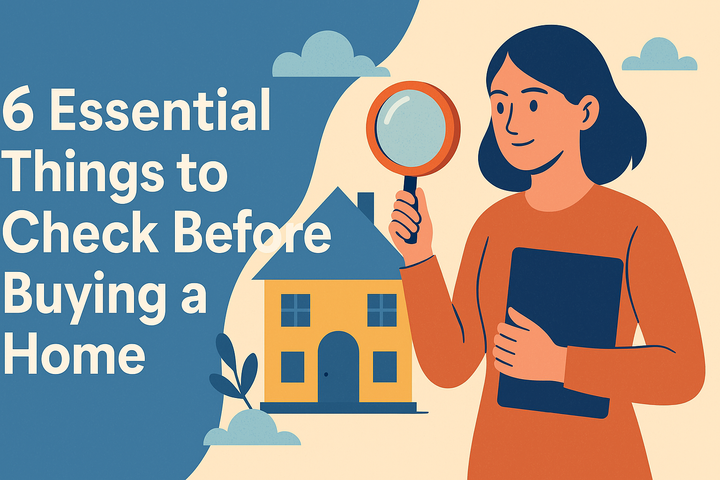Facing the threat of foreclosure can feel overwhelming, but a short sale offers a way to avoid that outcome—and potentially preserve your credit. In this post, you’ll learn the high‑level essentials of what a short sale involves, weigh the key trade‑offs, and discover the crucial steps to get started. For the full, step‑by‑step walkthrough (including insider tips on paperwork, timing strategies, and lender negotiation), grab my free Short Sale Guide at the end of this article.
1. What Exactly Is a Short Sale?
A short sale lets you sell your home for less than what you owe on your mortgage—provided your lender agrees to the arrangement. Rather than facing a foreclosure, you petition your bank to accept a reduced payoff and settle the remaining debt with you afterward .
Teaser: In the full guide, you’ll see how to craft a persuasive “hardship letter” and learn which circumstances lenders find most compelling.
2. Pros and Cons at a Glance
Benefits to consider:
- Avoid foreclosure on your record
- Less damage to your credit score than a foreclosure
- Set a clear timeline rather than risking an auction
- Maintain some control over sale timing and process
Potential drawbacks:
- Possible tax implications on forgiven debt
- The lender must approve—no guarantees
- Can involve extensive documentation and waiting periods
Teaser: I break down how to calculate the true credit‑score impact and when to expect possible deficiency judgments (and how to minimize them).
3. The 5‑Step Short Sale Roadmap
- Submit a Request: Contact your lender’s loss‑mitigation team with a formal short‑sale application.
- Prepare Your Proposal: Gather hardship evidence, financial statements, and local market comps.
- List & Market: Price the home below market value to attract buyers quickly.
- Negotiate & Submit Offers: Work with your agent to present buyer offers plus your “short‑sale proposal” to the bank.
- Close & Settle: Once approved, finalize the sale and arrange any deficiency settlement.
Teaser: Download the guide to see the exact letter templates and timing benchmarks that keep lenders moving.
4. Who Should You Bring On Board?
- Your Mortgage Servicer: They’ll tell you if you qualify and outline specific lender requirements.
- A Short‑Sale–Savvy Agent: Look for someone who’s navigated dozens of these deals and knows the lender checkpoints.
- Tax & Legal Pros: Especially important if you live in a non‑recourse state or face large deficiency balances .
Teaser: Inside the guide, I reveal the three questions you must ask any prospective agent—and why I include a detailed cost‑vs‑benefit worksheet to choose wisely.
Ready for the Full Playbook?
This post gives you the what and why, but the how—with all its forms, scripts, and checklists—is in the guide.
👉 Download Your Free Short Sale Guide Now and get:
- Complete sample hardship letters and lender‑submission forms
- Timing templates to keep your short sale on track
- A bonus chapter on avoiding post‑sale tax surprises
- My personal agent‑selection scorecard
For personalized guidance on your short sale journey, reach out to me directly:
- Aleksey Volchek
- Florida Realty Investments
- 📞 407-925-1383
- 📧 hello@volchek.realtor

